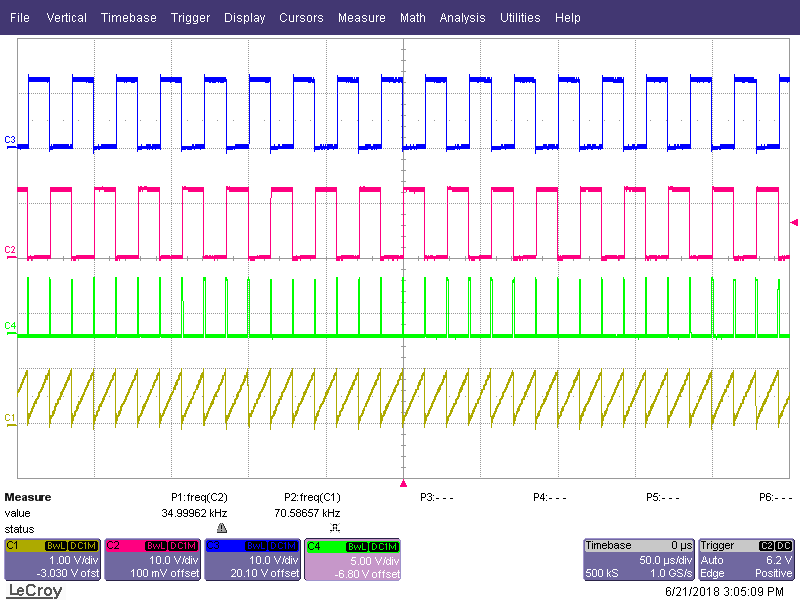Other Parts Discussed in Thread: UCC3895, , , LM5046
Hi,
two questions to the UCC2895:
What's the minimum switching frequency of the UCC2895 and UCC3895?
Is this IC a good choice for a complete new design or is there any other IC part which is recommended?
Please forward this message to David Wilson.
Regards Stephan


